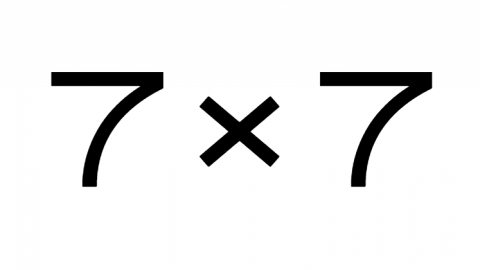What is the Third Industrial Revolution?
The Third Industrial Revolution is a concept and vision outlined by Jeremy Rifkin and endorsed by the European Parliament, in a formal declaration passed in June 2007. Throughout history, economic transformations occur when new communication technology converges with new energy systems. The new forms of communication become the medium for organizing and managing the more complex civilizations made possible by the new sources of energy. The conjoining of internet communication technology and renewable energies in the 21st century, is giving rise to the Third Industrial Revolution.
The Five Pillars of the Third Industrial Revolution infrastructure are:
Shifting to Renewable Energy: Renewable forms of energy— solar, wind, hydro, geothermal, ocean waves, and biomass— make up the first of the five pillars of the Third Industrial Revolution. While these energies still account for a small percentage of the global energy mix, they are growing rapidly as governments mandate targets and benchmarks for their widespread introduction into the market and their falling costs make them increasingly competitive.
Buildings as Power Plants: New technological breakthroughs make it possible, for the first time, to design and construct buildings that create all of their own energy from locally available renewable energy sources, allowing us to reconceptualize the future of buildings as “power plants”. The commercial and economic implications are vast and far reaching for the real estate industry and, for that matter, Europe and the world. In 25 years from now, millions of buildings – homes, offices, shopping malls, industrial and technology parks – will be constructed to serve as both “power plants” and habitats. These buildings will collect and generate energy locally from the sun, wind, garbage, agricultural and forestry waste, ocean waves and tides, hydro and geothermal– enough energy to provide for their own power needs as well as surplus energy that can be shared.
Deploying Hydrogen and other storage technologies in every building and throughout the infrastructure to store intermittent energies. To maximize renewable energy and to minimize cost it will be necessary to develop storage methods that facilitate the conversion of intermittent supplies of these energy sources into reliable assets. Batteries, differentiated water pumping, and other media, can provide limited storage capacity. There is, however, one storage medium that is widely available and can be relatively efficient. Hydrogen is the universal medium that “stores” all forms of renewable energy to assure that a stable and reliable supply is available for power generation and, equally important, for transport.
Using Internet technology to transform the power grid of every continent into an energy sharing intergrid that acts just like the Internet. The reconfiguration of the world’s power grid, along the lines of the internet, allowing businesses and homeowners to produce their own energy and share it with each other, is just now being tested by power companies in Europe. The new smart grids or intergrids will revolutionize the way electricity is produced and delivered. Millions of existing and new buildings—homes, offices, factories—will be converted or built to serve as “positive power plants” that can capture local renewable energy—solar, wind, geothermal, biomass, hydro, and ocean waves—to create electricity to power the buildings, while sharing the surplus power with others across smart intergrids, just like we now produce our own information and share it with each other across the Internet.
Transitioning the transport fleet to electric, plug in and fuel cell vehicles that can buy and sell electricity on a smart continental interactive power grid. The electricity we produce in our buildings from renewable energy will also be used to power electric plug-in cars or to create hydrogen to power fuel cell vehicles. The electric plug in vehicles, in turn, will also serve as portable power plants that can sell electricity back to the main grid.
When these five pillars come together, they make up an indivisible technological platform—an emergent system whose properties and functions are qualitatively different from the sum of its parts. In other words, the synergies between the pillars create a new economic paradigm that can transform the world.
- G.L. Newkirk: AI Seminal Ideation Process - February 1, 2021
- Robotics and We: Are We Compliant? - November 5, 2012
- NRG: Empowering NFL Stadiums | Future Bound! - November 5, 2012
























